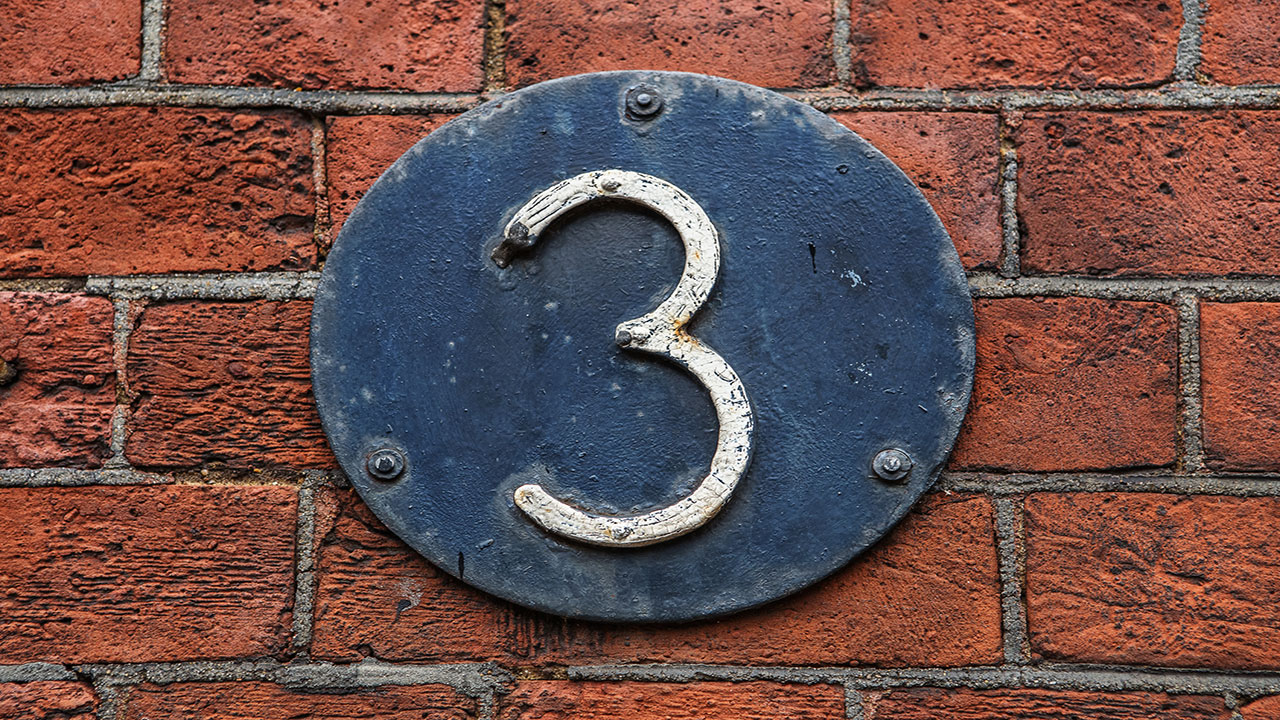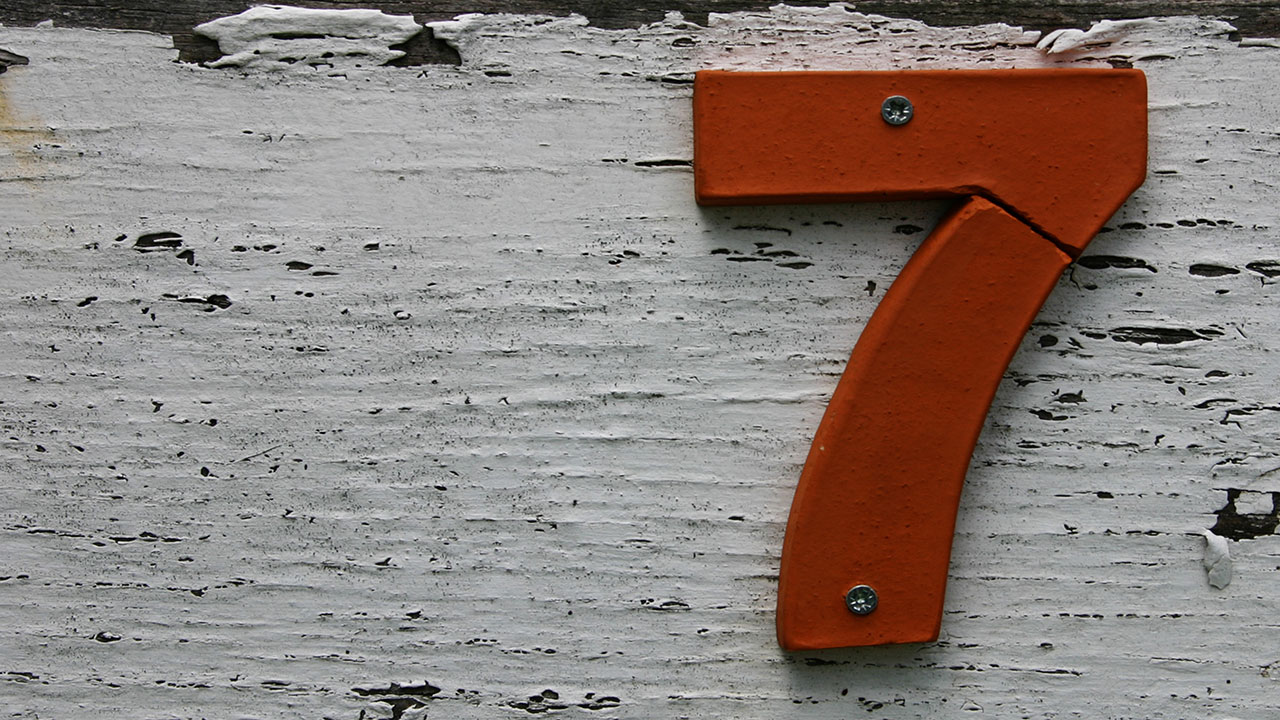Different Types of Homeowners Insurance Policies to Consider

Homeowners insurance is essential when buying and owning a home. In fact, you won’t even be able to get a mortgage if you are unable to secure an insurance policy for your home, as lenders will want to make sure a home is eligible for insurance before extending a mortgage.
But there isn’t just one type of homeowners insurance policy. In fact, there are several different types, and the one that you choose will depend on the specific type of property you’re buying and your particular needs.
The following are the different types of homeowners insurance policies you should become familiar with before choosing the one suits your situation best.
HO-1

This is the most basic form of insurance and only covers the dwelling against damage from:
- Fire
- Lightning
- Explosions
- Windstorms
- Hail
- Theft & vandalism
- Damage from vehicles
- Damage from airplanes
- Riots
- Volcanic eruptions
You’ll notice that floods and earthquakes are not included in this list. That’s because the HO-1 policy is very basic in nature and only covers costs associated with disasters that are not very common (aside from fire). Floods and earthquakes are much more common, and as such, you’d have to take out additional insurance riders to cover any damage associated with such disasters.
These policies are not very common given their vague nature and limited coverage offered.
HO-2
An HO-2 is more common and covers all the perils included in an HO-1 policy, as well as things such as damage from the weight of ice or snow, falling objects, overflow of water, freezing of HVAC systems, cracking or bursting of plumbing pipes, and damage from electrical currents. Unlike the HO-1, the HO-2 policy also covers personal liability if you or a family member are responsible for causing property damage or bodily injury to someone else.
HO-3

This is the most common type of homeowners insurance and provides coverage for your home and other structures, such as detached garages, sheds, pool houses, and so forth, except for damage caused by mishaps specifically excluded. It also covers your personal belongings and personal liability. While this is the more popular form of insurance, it’s important to go over the policy with an insurance provider to fully understand what’s covered and what isn’t.
HO-4
If you are renting a property, this policy is for you. HO-4 insurance policies cover personal belongings and personal liability for renters. Your landlord is responsible for insuring the actual building itself. Under this policy, your belongings would be covered against the same mishaps included under an HO-2 policy, as well as additional living expenses if you ever have to stay somewhere else temporarily while your unit is being repaired.
HO-5

This is a popular type of homeowners insurance policy because it is comprehensive and covers many more items that are not included in other policy types. While the HO-3 policy is popular, the HO-5 offers even more coverage and is often recommended by professionals, though they do come with a higher premium in exchange for more comprehensive coverage.
That said, certain perils are not covered under this type of policy, such as damage from:
Floods
Earthquakes
Mold/fungus
Birds, pets, and insects
Foundation settling
War
If you want to be covered for any one of the above-mentioned perils, you will have to take out an insurance rider, which will cost extra.
HO-6
If you own a condo, you will want to take out a specialized type of homeowners insurance policy that is designed specifically for these unique types of residences. The actual building itself and all common areas are covered by the condo association’s own insurance policy, but you’re responsible for taking out your own policy – an HO-6 – which covers the ceilings, walls, and floors of the unit itself, as well as personal belongings and personal liability.
HO-7

Even mobile homes require some form of homeowners insurance, and the HO-7 policy is specifically for these dwelling types. This form is similar to the HO-3, but is meant specifically for mobile and manufactured homes.
HO-8
This insurance policy is designed for older properties to cover issues that are not typically covered under other policy types. Older homes are often made with materials that are no longer used or available today, so it would be nearly impossible to replace the materials to rebuild the property in case anything ever happened. Historic and heritage homes are typically covered under these policies.
The Bottom Line
While HO-3 and HO-5 policies are the more common types of homeowners insurance policies, the one you choose will depend on your specific dwelling type and needs. You can also add on insurance “riders” in order to fully customize your coverage in case one particular policy doesn’t provide you with the exact type of coverage you require. Be sure to discuss all of your needs with your insurance provider to help you select the appropriate policy for you.
